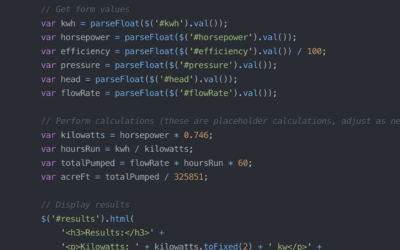The Deliverable
The Challenge
For a multimedia project during my undergraduate years at Texas Tech University, I was tasked by Dr. Rickly to identify a common writing error and create a teaching resource. I chose the frequent mistake of misusing homophones, specifically there, their, and they’re, which are often confused because they sound the same. My project used multimedia elements to help my audience understand the differences and apply the correct usage in sentences.
The Solution
Following Gardner’s Multiple Intelligences Theory – I chose music! I applied Universal Design principles to ensure that it was accessible and engaging for all children, regardless of their learning styles or abilities. I incorporated clear visuals, simple language, and a catchy melody to help learners easily understand the differences between “there,” “their,” and “they’re.” By considering accessibility from the start, I aimed to create a fun, educational resource that could be used by a broad range of students, ensuring they all have an equal opportunity to grasp the concept of homophones. This aligns with my focus on both Universal Design and Instructional Design principles, making learning inclusive and enjoyable.
*** Wait until the very end of the video and you’ll hear my son (5 years old) share his favorite part of the song and a “love you!”
The Process
I wrote the lyrics & music
I played the guitar & harmonica
I sang lead and harmony
I designed the graphics & video
- Market Research for Users & Audience 25%
- Lyrical Content Research 40%
- Graphic Design 20%
- Animation 15%
Gardner, H. (1983). Frames of mind: The theory of multiple intelligences. Basic Books.



